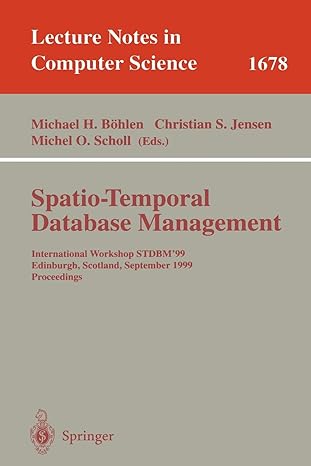Question
a) Write a C program that keeps taking inputs from a user until the user enters the character Z. The program should prompt the user
a) Write a C program that keeps taking inputs from a user until the user enters the character Z. The program should prompt the user to enter any character. If the user enters a number, the program should echo that number, i.e. it should print the number entered by the user. If the user enters a letter, the output should be based on the following table. For all characters not listed in the table, there should be no additional output I.e., nothing other than Please enter a character. Note that the switch-case-break is a good way to implement this, as you have some specific actions associated with a set of inputs.
b) Afterwards, use the following template as a starting point and take your C program and make appropriate modifications so that the input and output is done through the UART using PSoC Creator.
Template:
#include
#include
#include
int main()
{
char rxbuffer[100]; // UART receive buffer
int rxindex; // UART receive buffer index
double number; // floating-point number
uint8 ch; // variable to hold received character
// initialize and clear rxbuffer
for( rxindex = 0; rxindex < 100; rxindex++ ) {
rxbuffer[rxindex] = 0u;
}
rxindex = 0; // initialize rxindex
UART_Start(); // start UART
// printf( "COM OPEN! " );
UART_UartPutString( "COM OPEN! " );// display initialization string
// printf( "Type a number: " );
UART_UartPutString( "Type a number: " );
// read string until the user presses return
// scanf( "%s", rxbuffer );
while( ch != ' ' ) {
ch = UART_UartGetChar(); // get the next character
if( ch != ' ' && ch != 0u ) { // if the character is not a return or null
rxbuffer[rxindex] = ch; // store it in the rxbuffer string
rxindex++; // increment the rxbuffer index
}
}
// output the received string to the UART
// printf( " %s ", rxbuffer );
UART_UartPutChar(' ');
UART_UartPutString(rxbuffer);
UART_UartPutChar(' ');
// convert the received string to a double (floating-point number)
number = strtod( rxbuffer, 0 );
// initialize and clear rxbuffer (good practice to avoid bugs)
for( rxindex = 0; rxindex < 100; rxindex++ ) {
rxbuffer[rxindex] = 0u;
}
rxindex = 0; // initialize rxindex
// output the float as a string and store it in rxbuffer
// NOTE: In order to properly output doubles, you must enable them in the compiler
// See http://www.cypress.com/?id=4&rID=87354 for more details
sprintf( rxbuffer, "Converted from double = %lf ", number );
// output the new string to the UART
// printf( " %s ", rxbuffer );
UART_UartPutChar(' ');
UART_UartPutString(rxbuffer);
UART_UartPutChar(' ');
return 0;
}
Step by Step Solution
There are 3 Steps involved in it
Step: 1

Get Instant Access to Expert-Tailored Solutions
See step-by-step solutions with expert insights and AI powered tools for academic success
Step: 2

Step: 3

Ace Your Homework with AI
Get the answers you need in no time with our AI-driven, step-by-step assistance
Get Started


